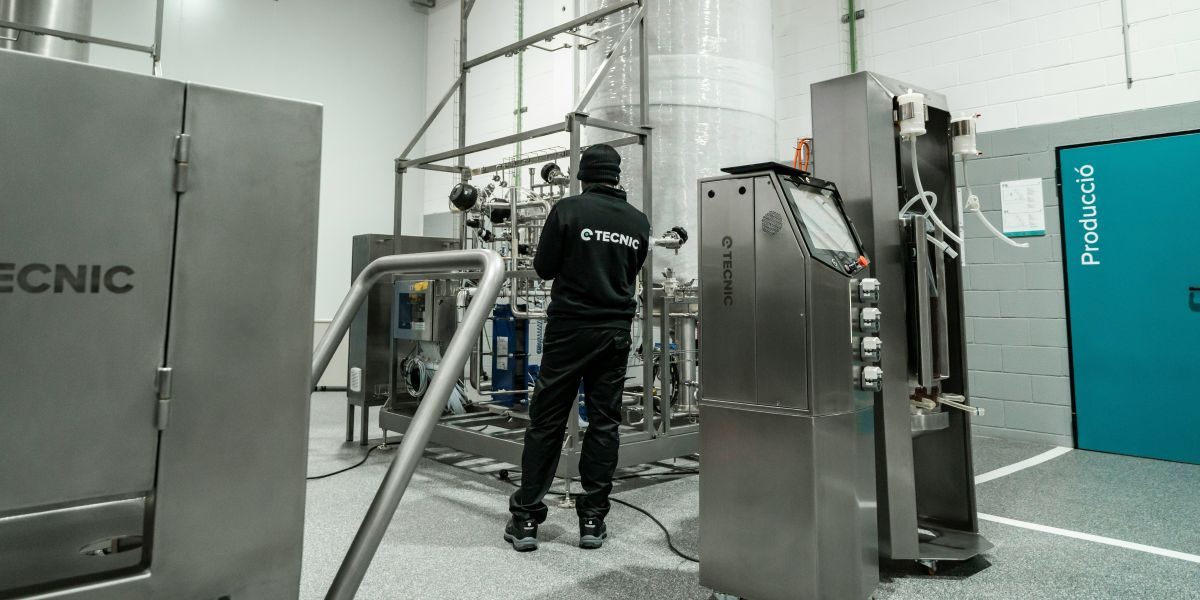Preventive maintenance is a proactive method aimed at keeping equipment and systems in good working condition. Rather than waiting for equipment to break down, this strategy involves scheduling regular inspections, cleaning, servicing, and part replacements.
The goal is straightforward: minimize the risk of failures before they occur. For businesses of all sizes, from small workshops to large manufacturing plants, preventive maintenance can bring about significant benefits.
Why Preventive Maintenance is Important
Each piece of equipment has a lifespan that is influenced not only by its hours of operation but also by how well it is maintained. When maintenance is reactive—carried out only after a breakdown—costs can escalate. Emergency repairs often involve higher labor costs, expedited shipping fees, downtime losses, and disruptions to operations. In comparison, preventive maintenance:
- Helps extend the equipment’s lifespan by ensuring parts remain clean and lubricated and by replacing worn components before they cause failures.
- Reduces downtime by minimizing unexpected breakdowns that could interfere with production schedules or service delivery.
- Optimizes performance, ensuring equipment runs at peak efficiency to conserve energy and minimize waste.
- Promotes safety by identifying minor issues early, preventing them from developing into larger hazards, and protecting both workers and assets.
- May reduce overall maintenance costs by focusing on planned interventions rather than more costly reactive fixes.
Common Types of Preventive Maintenance Tasks
Preventive maintenance is not a one-size-fits-all solution—it covers a range of tasks that depend on the asset type. Some common categories of tasks include:
- Scheduled Inspections
Regular check-ups allow technicians to assess the performance, wear, leaks, vibrations, and noise levels of equipment. These inspections often involve visual checks and simple tests such as measuring temperature or pressure. - Routine Cleaning and Lubrication
Cleaning helps remove debris and buildup that could lead to overheating or excessive friction, while lubrication reduces wear between moving parts. These tasks are especially important for pumps, motors, and other moving assemblies. - Part Replacement Based on Usage or Time
Certain components, such as filters, belts, hoses, and seals, have predictable wear patterns. Replacing them at set intervals—whether based on usage hours or a specific time period—helps prevent unexpected failures. - Calibration and Adjustment
Over time, equipment can drift from its optimal settings, which can affect both accuracy and efficiency. Calibration ensures instruments and controls maintain precision, while adjustments ensure alignment and tension remain within the manufacturer’s specifications. - Testing and Diagnostics
Sophisticated equipment may require periodic diagnostics, such as vibration analysis, thermography, oil analysis, and ultrasonic testing, to detect hidden issues like bearing wear, overheating, or internal leaks that may not be visible during a routine inspection.
Building a Preventive Maintenance Plan
A structured maintenance plan helps allocate resources efficiently while improving reliability and performance. Key steps include:
- Asset Inventory and Criticality Assessment
Create an inventory of all assets and categorize them based on their function, impact, and the consequences of potential failures. This will help identify which equipment is critical and should be prioritized for more frequent checks and interventions. - Manufacturer Recommendations and Baseline Data
Consult manufacturer manuals and specifications to define maintenance intervals. Record current performance data, such as vibration levels, temperature, or energy consumption, to establish baselines for future comparisons. - Determine Maintenance Tasks and Frequency
Organize tasks into daily walkthroughs, weekly inspections, monthly lubrication, quarterly calibrations, and annual overhauls. Establishing clear schedules helps with workforce planning and parts inventory management. - Assign Responsibility and Training
Assign roles and responsibilities for each task—operators may handle basic inspections, in-house technicians may perform servicing, and external specialists may conduct diagnostics. Providing staff with adequate training ensures they can confidently identify and report any issues. - Track Maintenance and Review Performance
Utilize a maintenance logbook or computerized maintenance management system (CMMS) to monitor completed activities, issues found, time spent, and parts used. Regularly analyze trends in downtime, repair frequency, costs, and failure patterns to spot areas for improvement. - Continuous Improvement of the Plan
Look for recurring problems, inefficiencies, or resource bottlenecks. Update task schedules, reinforce training, or refine checklists to make the maintenance plan more effective. Continuous improvement plays a crucial role in long-term reliability.
Real-World Benefits and ROI
Preventive maintenance is not only a technical process—it can provide tangible business value. Organizations that adopt preventive maintenance often see:
- Considerable reductions in unplanned downtime—sometimes ranging from 20% to 50% or more.
- Extensions of equipment life by up to 40%, making capital investments more cost-effective.
- Maintenance cost reductions of 25% to 35% due to fewer emergency repairs and more efficient use of parts.
- Energy savings thanks to optimized performance and clean, well-maintained machines.
- Improved workplace safety, leading to fewer incidents and lower insurance premiums.
- Better regulatory compliance reduces the risk of equipment failures during audits.
While there may be upfront costs involved in preventive maintenance—such as staff time, training, and spare parts inventory—these are typically outweighed by the potential risks and costs associated with sudden breakdowns.
Preventive Maintenance in the Digital Age
Modern technology has significantly enhanced the effectiveness of preventive maintenance:
-
Condition-Based Monitoring
Sensors on critical assets collect real-time data (e.g., temperature, vibration, flow). If any parameter deviates from a set threshold, maintenance may be automatically triggered.
-
Predictive Analytics and IoT
Data collected from machines is analyzed using algorithms to predict potential failures days or weeks in advance. This shift from preventive to predictive maintenance allows for more precise timing and further reduction in part replacements.
-
Mobile CMMS Solutions
Mobile apps enable technicians to receive work orders, log findings, track parts usage, and attach photos directly from the field, streamlining workflows and improving data quality.
-
Integration with ERP/Inventory Systems
By connecting maintenance plans with procurement systems, parts can be ordered just in time, minimizing both stockouts and excess inventory.
Summary
Preventive maintenance is a strategic investment that can contribute to enhanced durability, productivity, safety, and cost savings. Whether you’re managing a fleet of vehicles, industrial plants, HVAC systems, or office equipment, establishing a strong maintenance plan allows your team to address issues before they escalate. Starting with small steps, tracking progress, and scaling efforts can reinforce the value of maintaining equipment proactively. After all, prevention can be one of the most effective ways to safeguard assets.

















